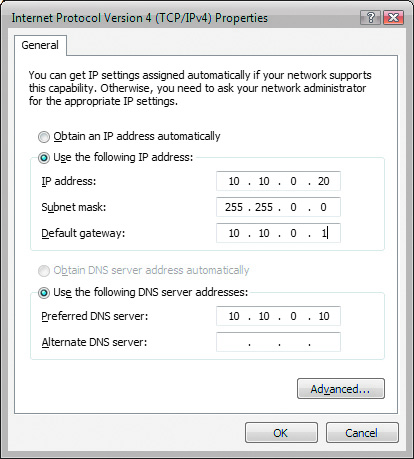Networking
IP Version 4
IP Addresses
There are three types of IPv4 addresses:
- broadcast: A broadcast address is read by all hosts that hear it (the broadcast will not go across a router, so only local devices hear the broadcast). The IPv4 broadcast address is 255.255.255.255; every single bit is a one.
- multicast: A multicast address is a special address that one or more devices will listen for by joining a multicast group. Not all the local devices respond and process the data in the multicast packet; only the devices configured to listen for it respond. A multicast address will have a value between 224 and 239 in the first octet (the leftmost number in the dotted decimal representation). A multicast example is 224.0.0.5.
- unicast: A unicast IP address uniquely identifies a computer or device on the network. An IPv4 unicast address is a four-octet, 32-bit address represented as dotted decimal (an example is 131.107.1.200). Each number in the dotted decimal notation is a decimal representation of 8 bits, and the value of each is going to be between 0 and 255 (255 is the numerically largest value that 8 bits can represent). A portion of the IPv4 unicast address is used to identify the network the device is on (or the network of a destination device), and part is used to identify the individual host on the local network or the unique host on a remote network. The IPv4 address scheme is the only address space that the Internet uses today, and TCP/IP is the only network protocol that the Internet uses today.
When the TCP/IP suite was accepted as a standard in the 1980s, three classes of unicast IP addresses were defined.
| Network Class | Address Range of First Octet | Number of Unique Networks Available | Number of Unique Hosts Per Network |
|---|---|---|---|
| A | 1-126 | 126 | 16,777,214 |
| B | 128-191 | 16,384 | 65,534 |
| C | 192-223 | 2,097,152 | 254 |

Read more about IP addresses at:
http://www.cisco.com/web/about/ac123/ac147/archived_issues/ipj_8-3/ipv4.html.